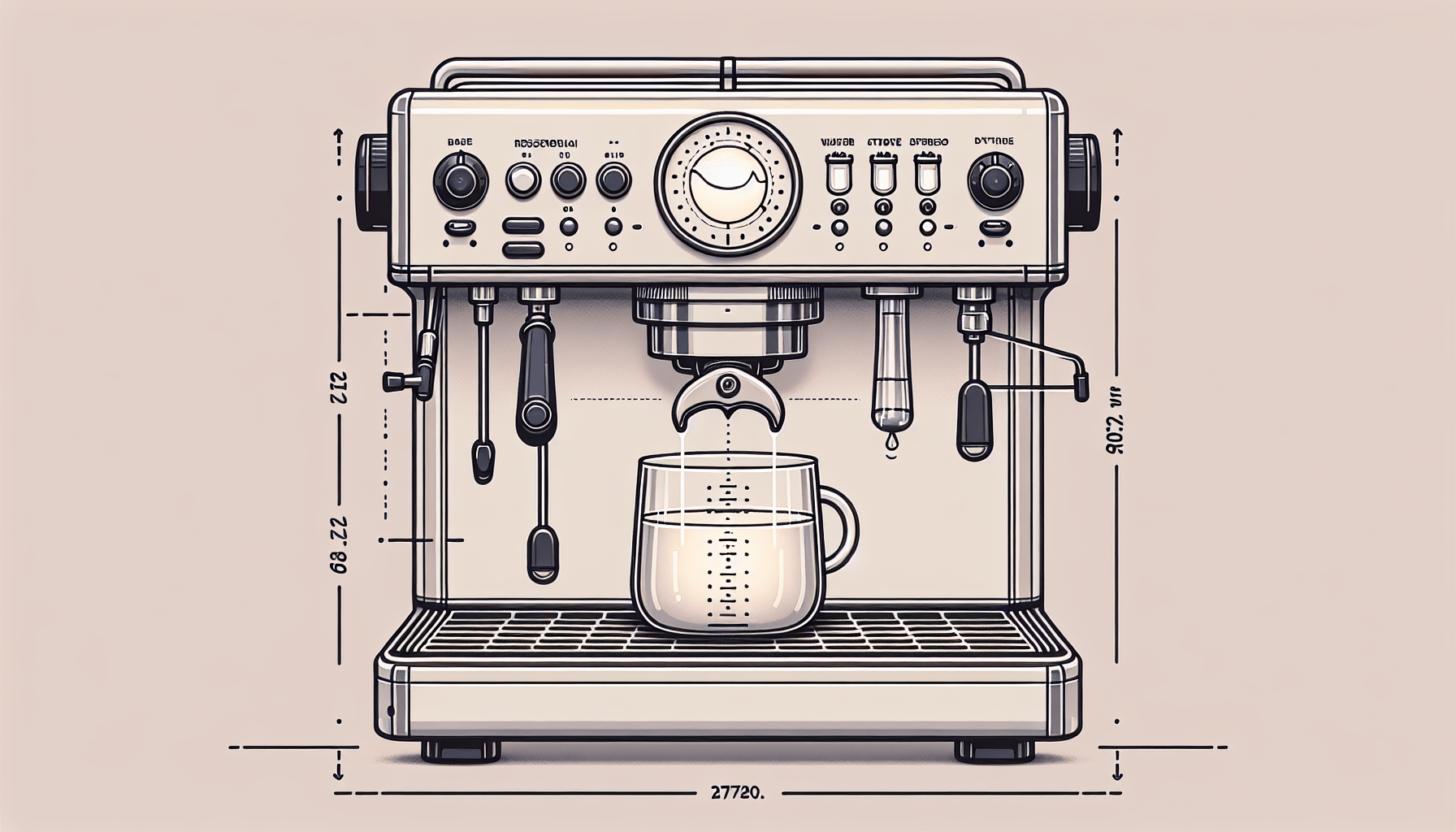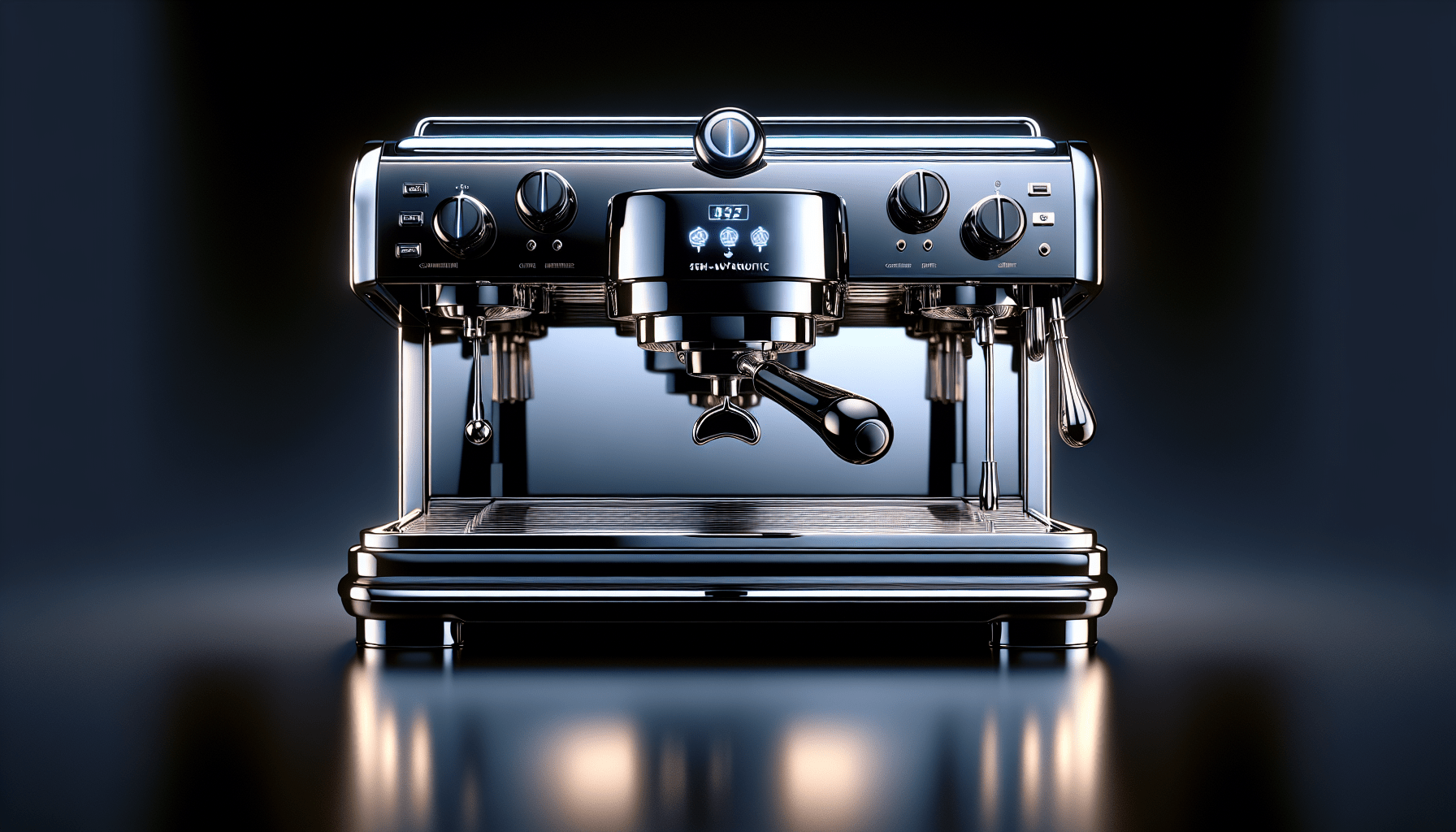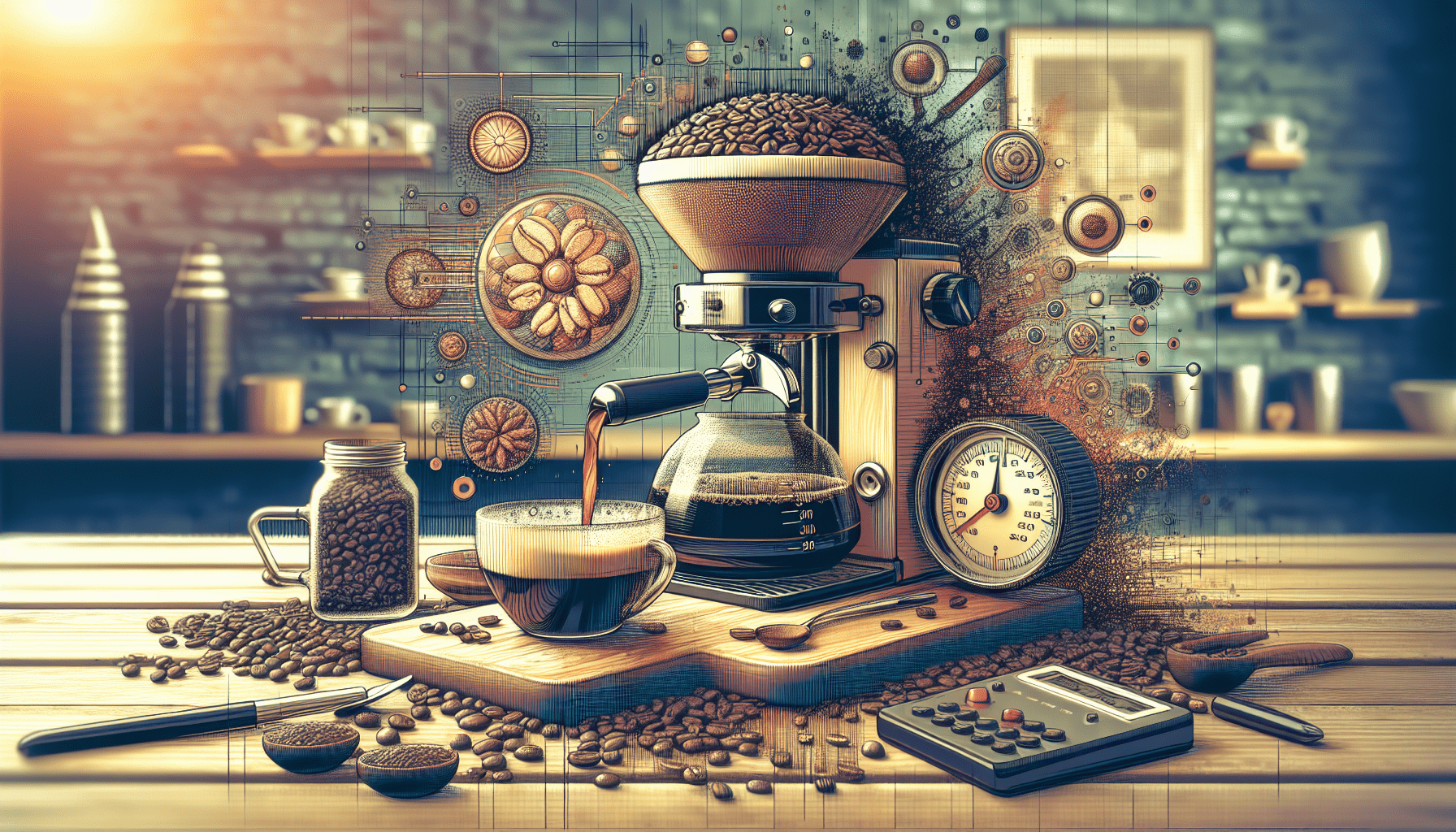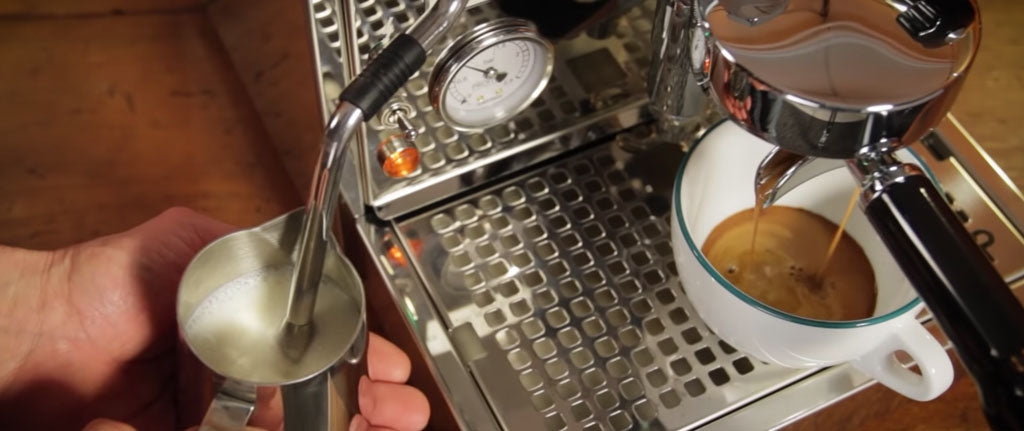Are you an avid coffee lover who is considering purchasing a semi-automatic espresso machine? If so, you may be wondering about the average water reservoir size for these types of machines. After all, the capacity of the water reservoir directly affects how many cups of espresso you can brew before needing to refill. In this article, we will explore the typical water reservoir size for semi-automatic espresso machines, providing you with the insights you need to make an informed purchase decision.
Factors Influencing Water Reservoir Size
When considering the purchase of a semi-automatic espresso machine, one important factor to consider is the size of the water reservoir. The water reservoir plays a crucial role in the brewing process, as it is responsible for providing the water needed for extraction. The size of the water reservoir can have a significant impact on the overall performance and convenience of the espresso machine.
There are several factors that can influence the decision regarding the water reservoir size. These factors include machine capacity, brewing frequency, and user preferences. By understanding these factors, you can make an informed decision and choose the right water reservoir size for your needs.
Machine Capacity
The capacity of the espresso machine itself is a key determinant of the optimal water reservoir size. Smaller machines, typically designed for home use, will have limited space for a water reservoir. Mid-sized machines, which are used in both home and small commercial settings, will have slightly larger reservoirs. Larger machines, commonly found in commercial establishments, will have the capacity for significantly larger water reservoirs.
Brewing Frequency
Another important factor to consider is the frequency at which you plan to brew espresso. If you are an occasional coffee drinker, a low-volume brewing frequency may be sufficient. On the other hand, if you are a heavy coffee consumer or plan to use the machine in an office or commercial setting, a higher brewing frequency will necessitate a larger water reservoir.
User Preferences
User preferences also play a role in determining the ideal water reservoir size. Some users prioritize convenience and prefer smaller reservoirs that require less frequent refilling. Others prioritize freshness and opt for larger reservoirs that can hold a greater volume of water. Additionally, space constraints and budget considerations can also influence the decision regarding the size of the water reservoir.
Importance of Water Reservoir Size
Understanding the importance of water reservoir size is crucial in selecting the right espresso machine for your needs. The size of the water reservoir can greatly impact the brewing process and overall convenience of using the machine.
Consistency in Brewing
Having an adequately sized water reservoir ensures consistency in brewing. A larger reservoir allows for a more precise and consistent water-to-coffee ratio, resulting in a consistently flavorful cup of espresso. This is especially important if you often entertain guests or if you run a coffee shop where consistency is crucial for customer satisfaction.
Reduced Refilling Frequency
A larger water reservoir translates to less frequent refilling. This can be highly desirable, especially if you value convenience and want to save time. With a larger reservoir, you can enjoy multiple cups of espresso before needing to refill the water supply. Conversely, a smaller reservoir may require constant refilling, which can be a hassle and disrupt your coffee routine.
Ease of Operation
A properly sized water reservoir can significantly enhance the overall ease of operation of the espresso machine. With a larger reservoir, there is no need to constantly monitor the water level and refill it frequently. This allows you to focus on the brewing process itself and ensures a smoother and more enjoyable coffee-making experience.
Average Water Reservoir Sizes
To help you understand the typical water reservoir sizes for various types of espresso machines, let’s explore the average sizes for smaller machines, mid-sized machines, and larger machines.
Smaller Machines
For smaller machines designed for home use, the average water reservoir size ranges from 40 to 60 ounces. These reservoir sizes are suitable for individuals or small families who brew espresso occasionally. While the smaller size may require more frequent refills, it is a practical choice for those with limited kitchen space and a smaller budget.
Mid-Sized Machines
Mid-sized machines, suitable for both home and small commercial use, have an average water reservoir size of 60 to 100 ounces. This larger capacity allows for more flexibility in brewing and is ideal for those who regularly enjoy espresso or have moderate coffee consumption in their household or business.
Larger Machines
Larger espresso machines, commonly used in commercial establishments, can have water reservoir sizes of 100 ounces or more. These machines are designed for high-volume brewing and are ideal for businesses with heavy customer traffic. With their larger reservoirs, these machines can accommodate more extended periods of continuous use without the need for frequent refilling.
Water Reservoir Size Recommendations
The recommended water reservoir size depends on the intended use of the espresso machine. Here are some general recommendations based on common usage scenarios:
Home Use
For individuals or small families who brew espresso at home occasionally, a water reservoir size of around 40 to 60 ounces is typically sufficient. This size allows for a few cups of coffee before needing to refill the reservoir. It strikes a balance between convenience and practicality for home use.
Office Use
In an office setting, where multiple people may be using the espresso machine throughout the day, a larger water reservoir is recommended. A size of 60 to 100 ounces would be adequate to minimize interruptions caused by refilling and ensure a steady supply of coffee for the entire office.
Commercial Use
For commercial establishments such as coffee shops, restaurants, or cafes, a larger water reservoir size is essential. The exact size will depend on the specific demands of the establishment, but it is advisable to invest in a machine with a reservoir capacity of 100 ounces or more to accommodate high-volume brewing and minimize downtime due to refilling.
Alternative Solutions for Limited Reservoir Size
If you have space or budget constraints that prevent you from investing in an espresso machine with a large water reservoir, there are alternative solutions to consider.
Plumbing-In Option
Some espresso machines offer a plumbing-in option, allowing them to be directly connected to a water source. With this option, you can bypass the need for a water reservoir altogether and have a continuous supply of water. However, it is essential to ensure proper installation and professional assistance to avoid any plumbing issues.
Auxiliary Water Tank
An auxiliary water tank can be a practical solution for increasing the water capacity of an espresso machine with a limited reservoir. This additional tank can be connected to the machine, providing extra water storage. It allows for a larger total water capacity without the need for a larger base unit or significant modifications.
Modifying Reservoir Capacity
In some cases, it may be possible to modify the water reservoir capacity of an espresso machine. However, this option should be approached with caution, as it may void the warranty or cause damage to the machine if not done correctly. If you are considering this option, it is advisable to consult with a professional technician to ensure proper modifications.
Maintenance and Hygiene Considerations
When selecting the water reservoir size, it is important to consider the maintenance and hygiene aspects associated with its use.
Cleaning Frequency
The larger the water reservoir, the less frequently it will need to be cleaned. However, regardless of size, regular cleaning is crucial to maintain optimal hygiene and prevent the accumulation of residues or impurities. Follow the manufacturer’s instructions for cleaning and descaling the reservoir to ensure the longevity and performance of your espresso machine.
Water Quality
Another consideration is the quality of the water used in the reservoir. It is recommended to use filtered water or bottled water to minimize the risk of scale build-up and ensure the best taste for your espresso. Poor water quality can negatively affect the flavor of your coffee and may require more frequent cleaning and descaling.
Residue Accumulation
Over time, residue can accumulate in the water reservoir, affecting the taste and quality of your espresso. Regularly inspect the reservoir for any build-up or debris. If you notice any residue, clean it thoroughly to prevent any negative impact on your brewing experience.
Conclusion
Choosing the right water reservoir size is an important decision when purchasing a semi-automatic espresso machine. Factors such as machine capacity, brewing frequency, and user preferences should be considered to ensure optimal performance and convenience. The water reservoir size plays a crucial role in the consistency of brewing, reduces the need for frequent refilling, and enhances the overall ease of operation.
By understanding the average water reservoir sizes for different types of machines and considering individual use scenarios, you can make an informed decision. Additionally, alternative solutions such as plumbing-in options, auxiliary water tanks, or modifying reservoir capacity can be considered for those with limited reservoir size options.
Remember to prioritize maintenance and hygiene, regularly cleaning the reservoir and using filtered water for the best espresso experience. Ultimately, choosing the right water reservoir size will contribute to maintaining optimal performance and enjoying the perfect cup of espresso every time.




